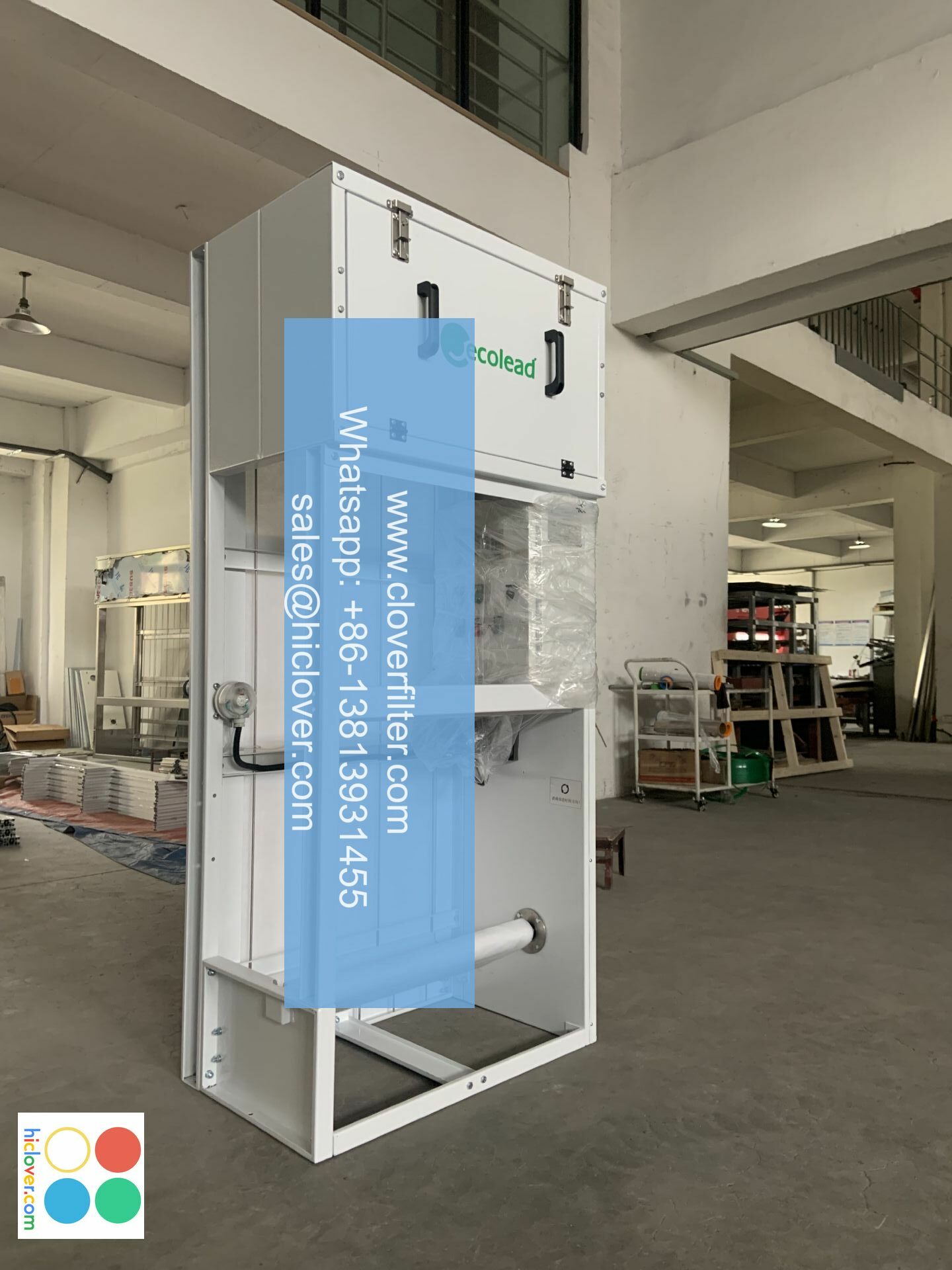Air Filter Innovation: From MERV to HEPA and Beyond

Air Filter Innovation: From MERV to HEPA and Beyond
Air filters have come a long way since their inception, with significant innovations in technology and design leading to improved air quality and efficiency. From the early days of MERV filters to the advanced HEPA technology, air filters have evolved to cater to various applications and industries. In this article, we’ll explore the history of air filter innovation, highlighting key developments and their applications.
The Early Days: MERV Filters
The first air filters were introduced in the 1950s, with the development of the Minimum Efficiency Reporting Value (MERV) rating system. MERV filters were designed to capture larger particles, such as dust and pollen, and were widely used in residential and commercial settings. While MERV filters were effective, they had limitations, including limited capture of smaller particles and limited airflow.
The Rise of HEPA Filters
In the 1960s, the High Efficiency Particulate Air (HEPA) filter was introduced, revolutionizing the air filtration industry. HEPA filters were designed to capture 99.97% of particles as small as 0.3 microns, including dust, pollen, and other airborne contaminants. HEPA filters quickly gained popularity in hospitals, laboratories, and other industries where high air quality was crucial.
Advancements in HEPA Technology
Over the years, HEPA technology has continued to evolve, with advancements in materials and design leading to improved performance and efficiency. Modern HEPA filters are designed to capture even smaller particles, including viruses and bacteria, and are used in a wide range of applications, including:
- Residential settings: HEPA filters are used in air purifiers and HVAC systems to improve indoor air quality and reduce allergens.
- Commercial settings: HEPA filters are used in offices, schools, and hospitals to reduce airborne contaminants and improve air quality.
- Industrial settings: HEPA filters are used in manufacturing facilities, laboratories, and other industries where high air quality is critical.
Beyond HEPA: New Technologies and Innovations
While HEPA filters remain the gold standard in air filtration, new technologies and innovations are emerging to address specific challenges and applications. Some of these include:
- Activated Carbon Filters: Designed to capture gases and odors, activated carbon filters are used in applications such as air purification systems and odor control systems.
- Electrostatic Filters: Using electrostatic charges to capture particles, electrostatic filters are used in applications such as HVAC systems and air purifiers.
- UV-C Filters: Using ultraviolet light to kill bacteria and viruses, UV-C filters are used in applications such as air purification systems and medical equipment.
Air filter innovation has come a long way, from the early days of MERV filters to the advanced HEPA technology and beyond. As the demand for high-quality air continues to grow, it’s likely that we’ll see even more innovations and advancements in air filter technology. Whether it’s residential, commercial, or industrial applications, air filters play a critical role in improving air quality and promoting health and well-being.
I’m happy to help! What’s the prompt you’d like me to work with? Do you have a specific topic in mind, or would you like me to suggest some options?

